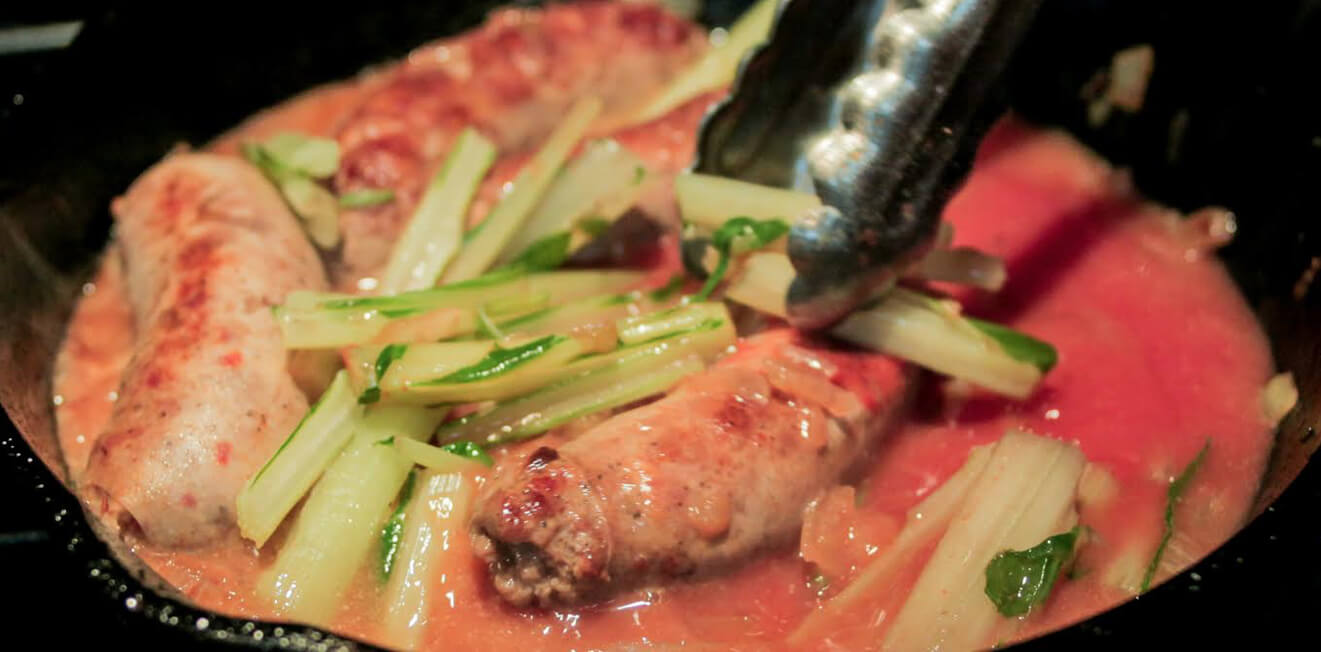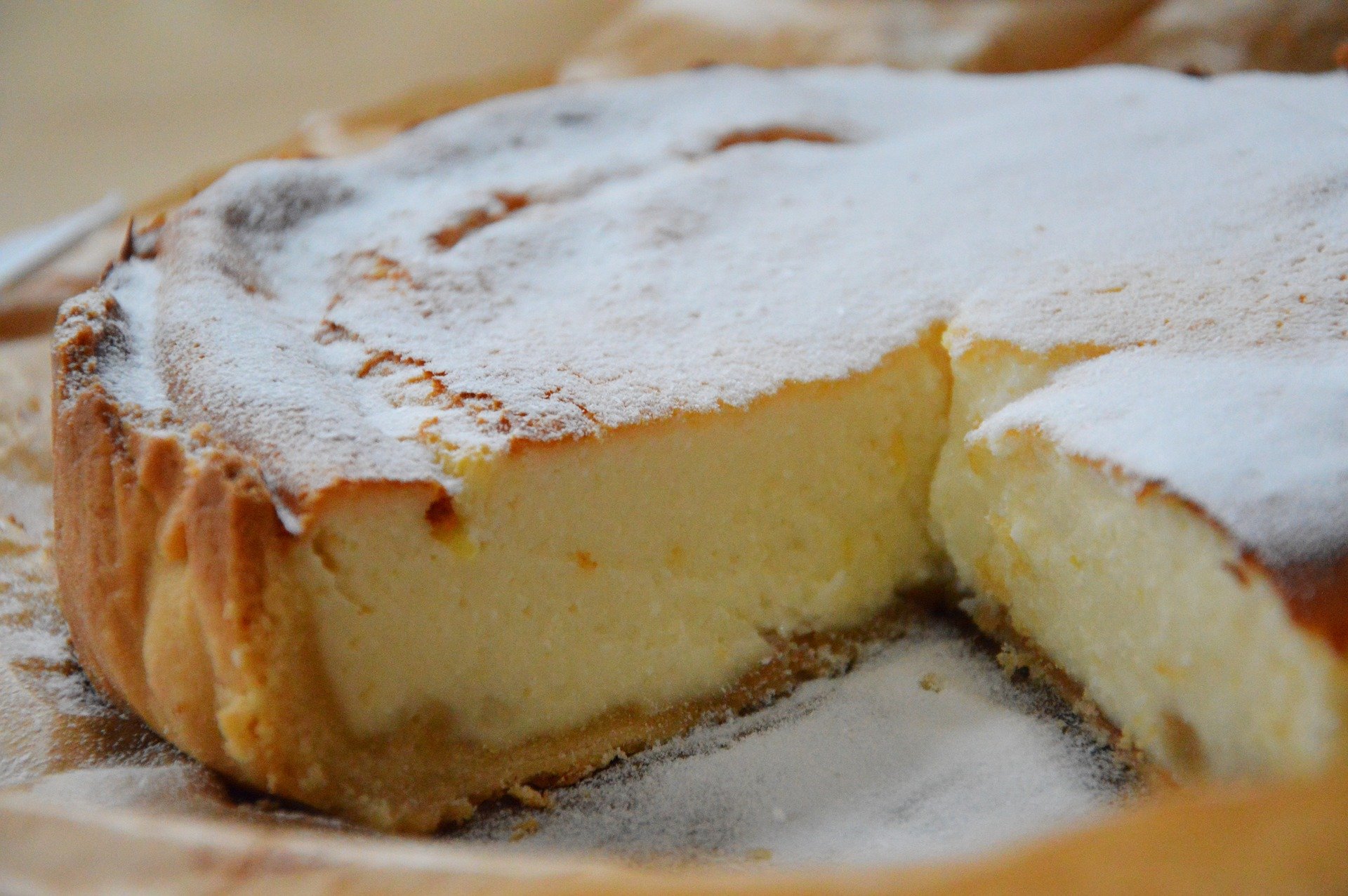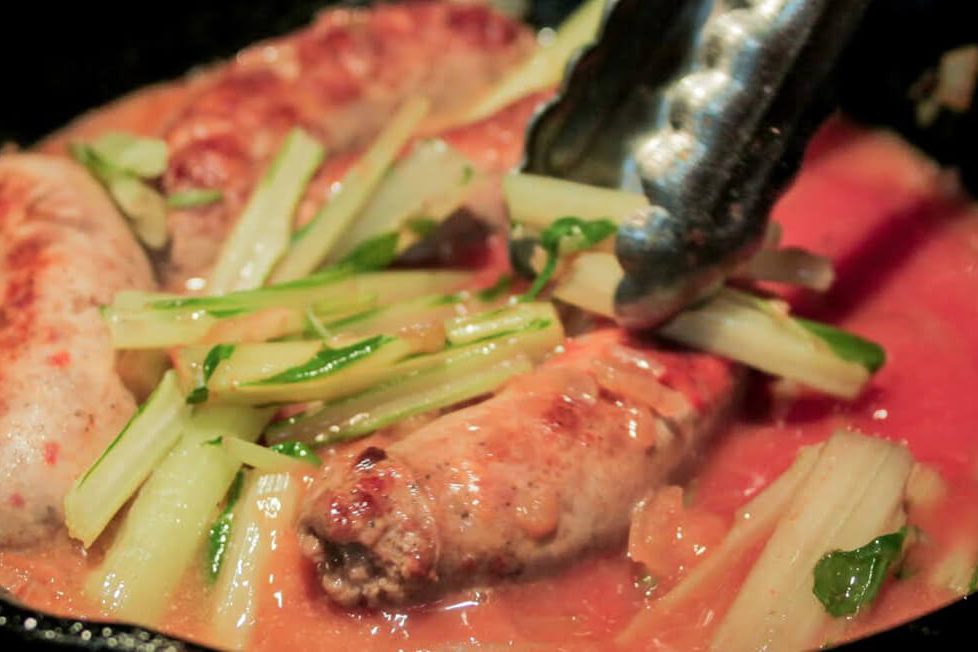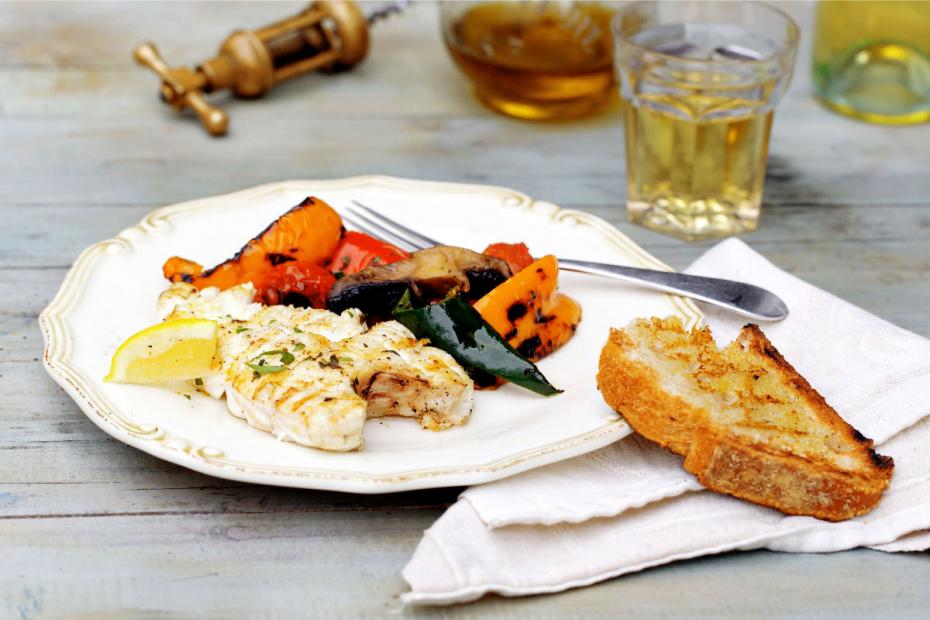Since my Italian-American childhood, I have always been interested in everything Italian—especially Italian food. Whenever possible, I find myself on a plane headed to Italy for pleasure and sometimes work. One of the biggest lessons I’ve learned traveling abroad is that I can only make a general plan of where to go, stay and eat. Rather than rigidly holding on to my expectations, once I arrive, I find it best to be adventurous, to see and taste everything as new and go where my instincts and heart take me. Like childhood, every day a new experience.
On a recent trip, after a mostly-sleepless seven-hour plane ride my partner and I arrived in Bologna. We checked into our hotel, lunched at an outdoor Osteria and leisurely reacquainted ourselves with the beautiful city. The next day, it was off in our rented car to the small town of Tarvanelle Val di Pesa in Tuscany, about one hour from Florence. There, our anticipated arrival.
We were halfway to our destination when I realized I had left the directions to our Villa Santa Lucia-Crema back in Bologna. I wasn’t too worried—it is a small town; I had the name, a picture and a description of the Villa: what more would I need? Well, it seems we needed a lot more.
We arrived late-morning to Tarvanelle Val di Pesa and managed to find the church Santa Lucia, but no one knew the Villa Santa Lucia-Crema. Even though I pride myself on being the spontaneous adventurer, after hours of driving in and out of the town, I was frustrated. So, with night closing in on us, we decided to check into a nearby hotel. Once checked in, I tried contacting the rental agency back in the States, back home), without success as they were closed for the weekend and offered no emergency contact information.

Thankfully, my partner declared, “This is NOT going to ruin our trip,” and pulled out Gambero Rosso, Viaggiar Bene, the Italian restaurant and hotel guide. He found Osteria di Passignano, a restaurant located in a former monastery, high on a hill, not far from the hotel, we checked in for the night. Owned by the well-known Antinori family of wine makers, who also manage the surrounding vineyards, the former monastery is now a beautiful, understated, elegantly-designed restaurant with large, vaulted ceilings. We immediately relaxed. The seasonal food was delicious and just what we needed; a complementary olive oil tasting started the meal and we wined and dined our way into the night, forgetting about our day of driving and the villa that could not be found.
The second day repeated the first. It wasn’t until that night, still in the town of Tarvanelle Val di Pesa, when we had to stay in a hotel a second night, we found Albergo Vittoria with its Ristorante Borgo Antico and met the owner, Katia, that we got close. We told her our dilemma. Sensing our fatigue and frustration, she invited us to stay for dinner at her charming restaurant. The first course was a brimming platter of homemade pappardelle with freshly forged, sliced porcini mushrooms sautéed with olive oil, a little butter, and finished with parmesan cheese. Second course of roasted loin of veal with potatoes cooked in the pan juices and sautéed dandelion greens with olive oil and garlic proceeded, a dessert of tiramisu with a biscotto.
We gave Katia information and the photo of our villa and the next morning she informed us she had found Santa Lucia-Crema! Not only had she fed us, but she had saved us from yet a third night in a hotel! Apparently, the American rental company changes the names of their establishments on a regular basis. In the past two days, we had driven by the villa at least six times.
After finally arriving at our simple, one-bedroom suite with a charming patio and swimming pool off the kitchen, we unpacked and organized our belongings, then headed out on a shopping adventure in our new home.
With my broken Italian, and with many hand gestures, I found everything fresh: pasta, fall porcini mushrooms, homemade sausages, cardoons that had just arrived in the market, sausages, broccoli rabe, breads from the local baker, first-pressed olive oil, and wine from the local vineyard. I bought everything. (Well, enough food for a few meals), brought it to our new home, arranged it on the counter, wondering what to cook that night. I was excited to discover how my cooking was going to taste with all of the fresh Tuscan ingredients. As I started to cook the onions, sausages and cardoons with the wine, the aromas filled the house and when we sat down to eat, I was amazed at the extraordinary flavors,
Each day was truly an adventure into the Italian lifestyle. Days that began with cappuccino on our patio and a fresh cornetto, followed by visits to surrounding villages, and usually an outdoor lunch in a piazza. Then, of course, back to the villa for a home-cooked dinner.
Before we knew it, we were on our way back to Bologna for a few days before catching the plane home. But first; a few more good meals. And what better way to end our adventure than one more seasonal vegetable dish: another version of Sausage and Cardoons. A reminder of our eventful and exciting trip to a small village off the beaten path in Tuscany.
Sausage with Cardoons
Cardoons are a late winter, early spring specialty. A cross between an artichoke and celery, they look like a giant bunch of wide celery. The following is a recipe that I developed at our Villa Santa Lucia-Crema.
Most produce markets can get you cardoons this time of year. Just ask! Cardoons also make a perfect vegetable side dish tossed with butter, salt and pepper.
• 2 cups cut up cardoons*
•1 pound Italian sausage, leave whole or cut into ½ to 2-inch pieces
• 1 medium onion, chopped
• 4 tablespoons olive oil
• ¼ cup dry white wine
• 1 cup chicken stock
• 2 tablespoons tomato paste
• To prepare cardoons: rinse head well and discard any discolored outer stalks. Trim base, tips and outermost stalks, removing strings from stalks as you would celery.
Cut crosswise into 1 to 2-inch lengths. Soak in salted water (1 tablespoon salt to 2 quarts water) several hours or overnight in refrigerator. Drain and simmer in water until tender—about 15 minutes.
Meanwhile, heat the olive oil in a 10-inch iron skillet. Add the sausage and sauté until brown. Add the onions and sauté until they start to brown then add the white wine; cook for 2 to 3 minutes. Mix the tomato paste with the chicken stock and add to the sausage-onion mixture. Add the cardoons, bring to a boil, reduce heat and simmer for 45 minutes to an hour, stirring occasionally.
Serve with good Italian bread for dunking and a Chianti Classico.
Serves 4 as a main course or 6 as a first course.
*If cardoons are not available, substitute the stalks of Swiss chard. Reserve the green parts for another use.
John F. Carafoli is an international food stylist, consultant, food writer and wrote the seminal book Food Photography and Styling, two children’s cookbooks, Look Who’s Cooking, The Cookie Cookbook and Cape Cod Chef’s Table, Recipes from Buzzards Bay to Provincetown, and his is latest book is, Great Italian American Food in New England, History, Traditions & Memories.































